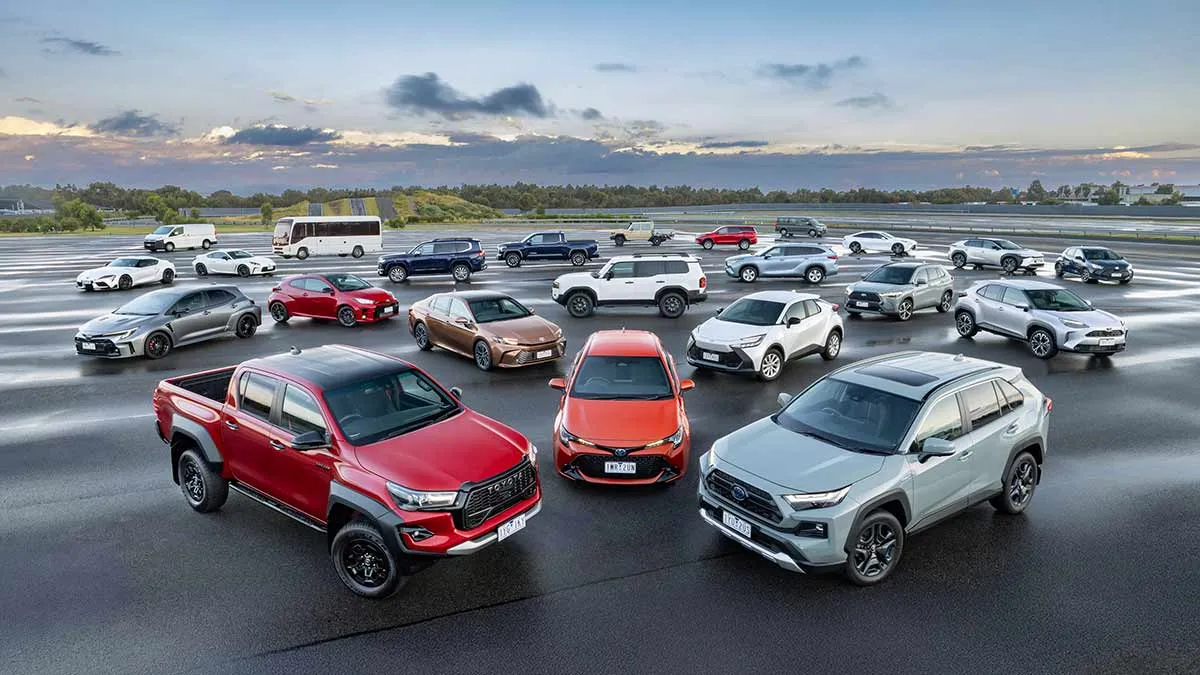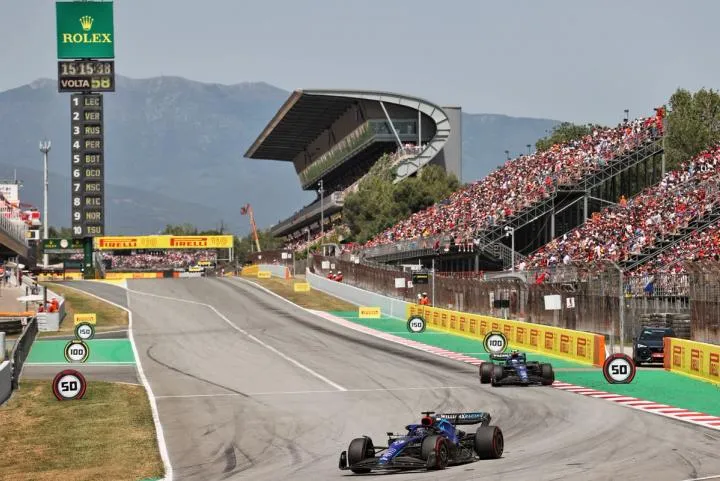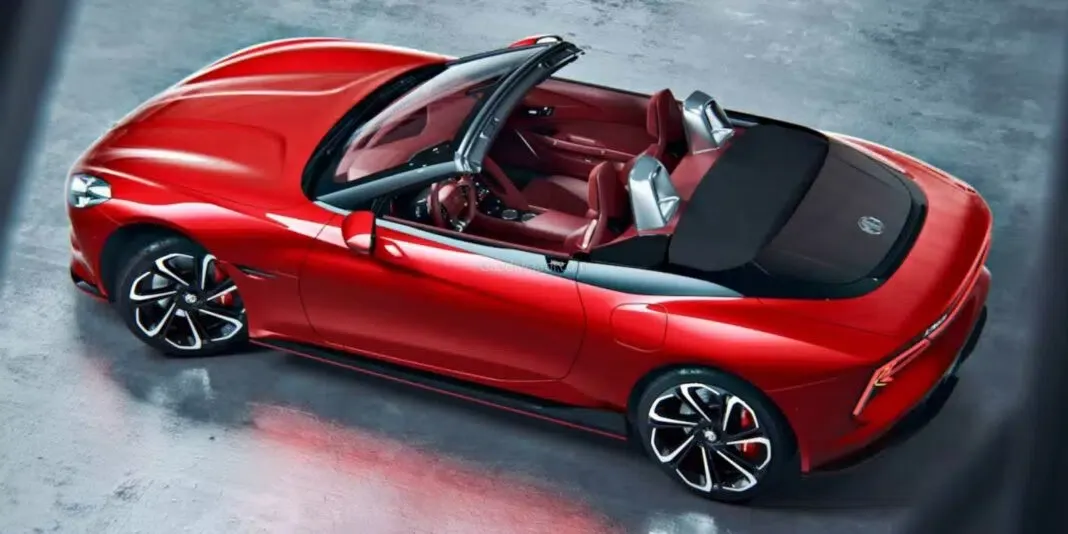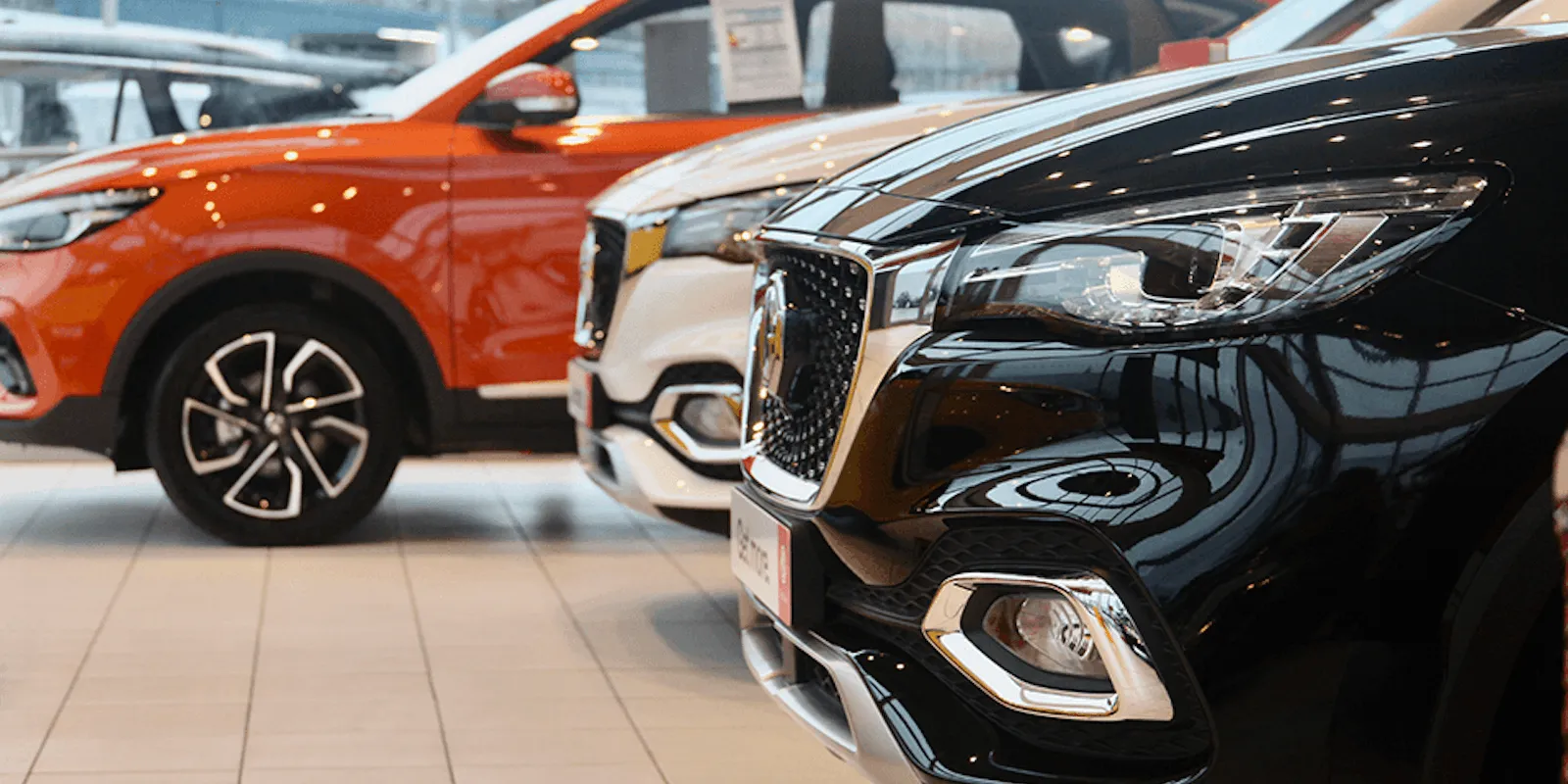Equation 1 has ceaselessly been the summit of motorsport—where development, speed, and advancement combine to make a few of the most exceptional hustling machines ever built. All through the sport’s history, a few cars have stood out for their unmatched execution, dominance, and inheritance. These vehicles not onlysmashed records but too characterized entire times of dashing fabulousness. In this article, we examine the most effective Equation 1 cars of all time, celebrating their achievements and the planning specialist that made them unbeatable.
1. McLaren MP4/4 (1988)—The Definition of Dominance
When talking almost the most critical Condition 1 cars, the McLaren MP4/4 is routinely the firsttitle said. Sketched out by Steve Nichols and Gordon Murray, the MP4/4 passed on one of the most winning seasons in Equation 1 history. Fueled by a Honda turbo engine, it won 15 out of 16 races in 1988, with extraordinary drivers Ayrton Senna and Alain Prost behind the wheel.
Its low-slung, streamlined chassis and exceptional faithful quality gave McLaren an execution edge that no coordinate might arrange. The MP4/4 set cutting edge benchmarks for capability and speed, setting its reputation as one of the most infamous F1 cars ever built.
2. Ferrari F2004 (2004)—The Maranello Masterpiece
The Ferrari F2004 remains an picture of flawlessness in Condition 1 building. Driven by Michael Schumacher, this car passed on a about impeccable 2004 season, winning 15 of 18 races and securing both the Constructors’ and Drivers’ Championships with ease. The combination of the 3.0-liter V10 engine and the exceptional ideal plan made it one of the best Equation 1 cars ever created.
Even these days, the F2004 holds a few lap records at major circuits, a affirmation of its unfathomable speed and exactness. The car checked the beat of Ferrari’s brilliant time, setting up Schumacher’s estate as one of the sport’s most vital champions.
3. Ruddy Bull RB19 (2023)—Cutting-Edge Perfection
In afterward a long time, the Ruddy Bull RB19 has reimagined dominance in the cutting-edge hybrid period. Built beneath the specialist of Adrian Newey, the RB19 was driven by Max Verstappen, who broke different records in the 2023 season. With 21 wins out of 22 races, this car showcased unmatched streamlined viability and control from its Honda-powered engine.
The RB19’s combination of adjustability, downforce, and straight-line speed talks to the progression of Condition 1 development. It’s no adornment to call it one of the most winning F1 cars of the progressed period, going before Ruddy Bull’s run the show in the crossbreed age.
4. Mercedes W11 (2020)—The Hybrid Period Titan
The Mercedes-AMG W11 is broadly recognized as one of the most progressed Equation 1 cars ever made. With Lewis Hamilton and Valtteri Bottas driving, the car secured 13 wins and made a contrast. Mercedes clinched its seventh persistent Constructors’ Championship.
What made the W11 exceptional was its creative DAS (Twofold Center Coordinating) system and capable hybrid control unit. The car passed on exceptional execution over all circuits, outlining the idealized collaboration between mechanical planning and driver fitness. The W11 did not, as it were, run the show on track but pushed the limits of F1 innovation.
5. Williams FW14B (1992)—The Inventive Revolution
The Williams FW14B changed Condition 1 until the conclusion of time with its groundbreaking energetic suspension system. Driven by Nigel Mansell, the car won 9 out of 16 races and secured Mansell’s lead to start the World Championship in 1992.
The FW14B was remotely ahead of its time, highlighting balance control, a semi-automatic gearbox, and dynamically streamlined highlights. Its arrange talked to a major hop forward, affecting F1 car headway for decades. Without a doubt these days, it’s reviewed as one of the most mechanically progressed Condition 1 cars ever built.
6. Lotus 79 (1978)—The Ground Affect Pioneer
The Lotus 79 displayed the concept of ground-impact streamlined highlights, revolutionizing how downforce was delivered. Arranged by Colin Chapman, the car made a suction affect that kept it stuck to the track, publicizing predominant cornering speed.
Driven by Mario Andretti and Ronnie Peterson, the Lotus 79 won 6 races in 1978 and secured both titles for the bunch. It got to be the diagram for future F1 plans, stamping its put among the most creative and successful Condition 1 cars of all time.
7. Ruddy Bull RB9 (2013)—The Vettel Time Beast
Before the RB19, there was the Ruddy Bull RB9, which brought Sebastian Vettel his fourth nonstop World Championship. The car won 13 races, counting a mind-blowing nine progressive triumphs to conclude the season.
Its streamlined predominance and Renault engine control made it untouchable. The RB9 symbolized Ruddy Bull’s planning specialist underneath Adrian Newey, illustrating that advancement and precision can without a doubt overcome the hardest competition.
8. Mercedes W07 (2016)—The Hybrid Dominator
The Mercedes W07 Half-breed was another ponder of progressed Condition 1 building. Driven by Nico Rosberg and Lewis Hamilton, the car won 19 of 21 races, an exceptional achievement that characterized Mercedes’ hybrid-era supremacy.
The W07’s successful control unit and streamlined arrange allowed record-breaking consistency and pace. It remains one of the most overpowering championship-winning Equation 1 cars ever built, talking to the flawlessness of the hybrid development era.
What Makes an F1 Car Truly Successful?
Success in Condition 1 isn’t characterized by speed alone. It’s a mix of planning brilliance, driver capacity, faithful quality, and headway. The most productive F1 cars frequently pushed imaginative boundaries, showing highlights that reexamine dashing measures. From turbocharged engines to energetic suspension and hybrid powertrains, each era’s champions reflect a advanced level of development and creativity.
Moreover, these cars persuade future plans and contribute to the tireless progression of Condition 1. Their estate goes past championships—they set cutting edge wants for execution and precision.
Conclusion: Legends That Re-imagined Condition 1
From the McLaren MP4/4’s impeccable dominance to the Ruddy Bull RB19’s present-day specialist, these machines talk to "the most effective Equation 1 cars of all time. They symbolize human cleverness, participation, and the constant intrigued in flawlessness that characterizes motorsport’s most raised level.
Each of these cars didn't win races—they molded the future of Equation 1. Their affect proceeds to persuade engineers, drivers, and fans over times, reminding us why Condition 1 remains the extraordinary expression of speed, inclination, and mechanical brilliance.

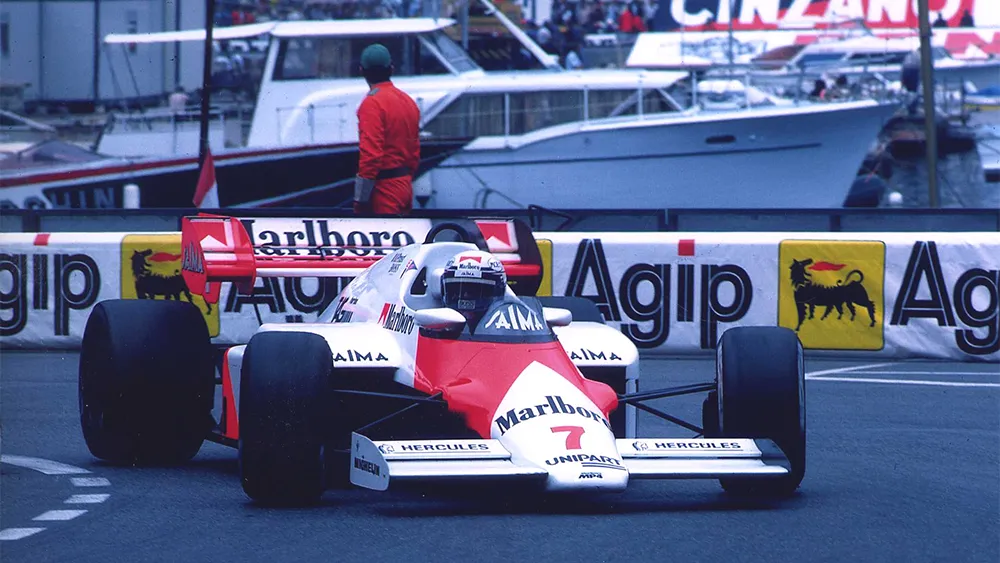
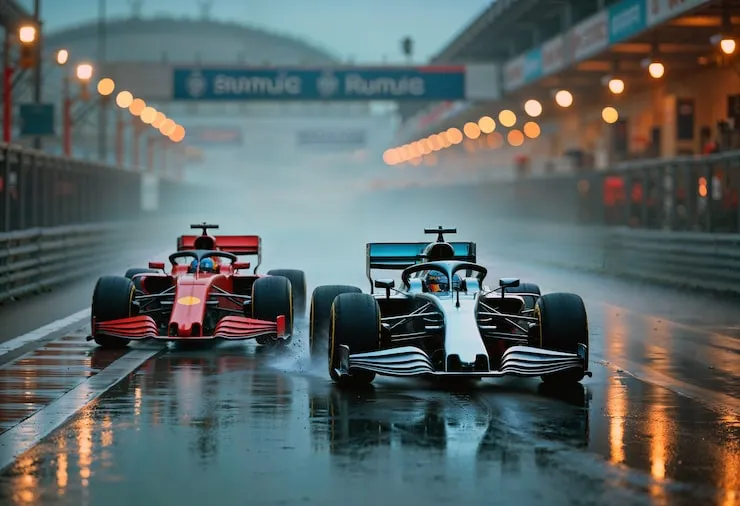


.webp)
